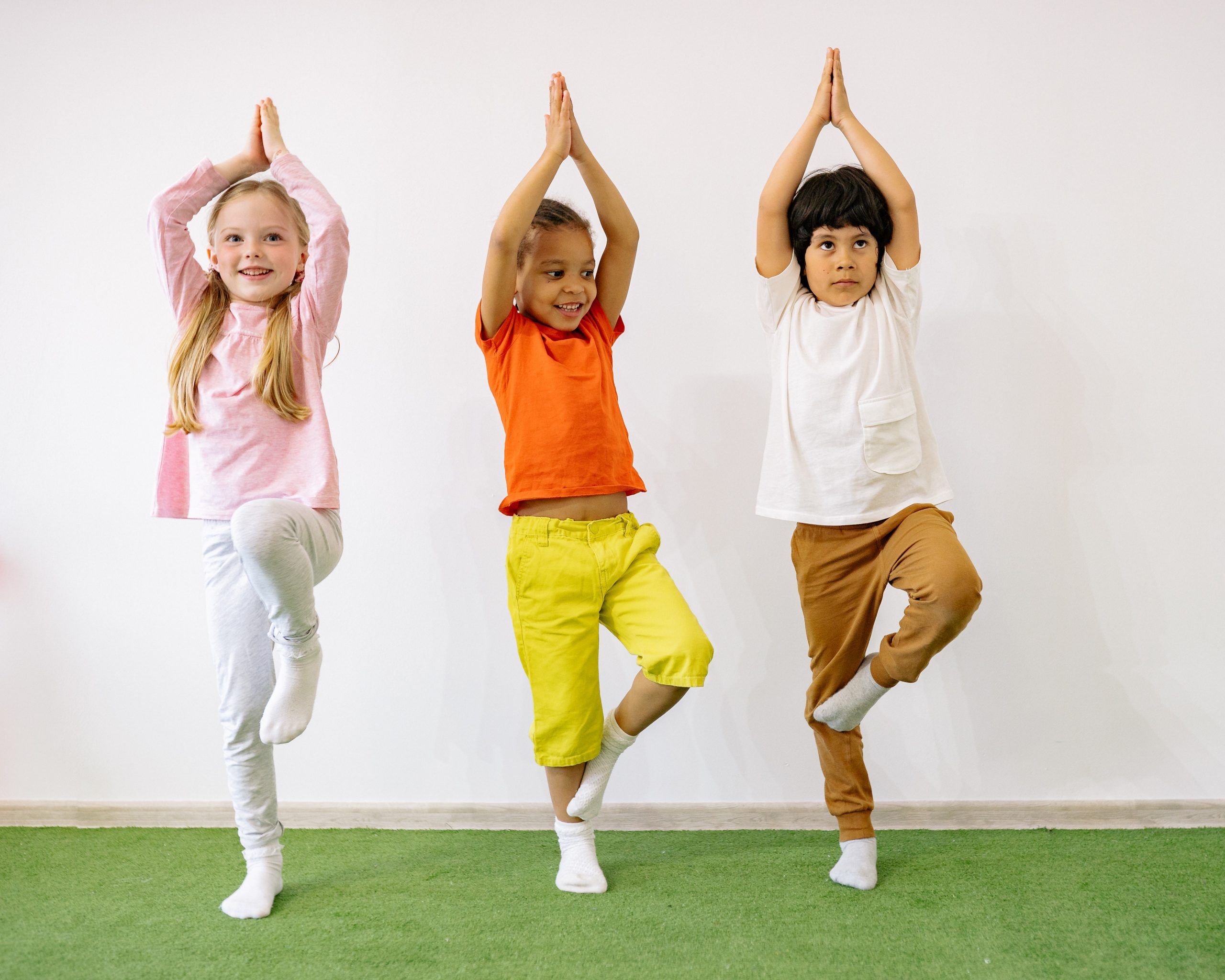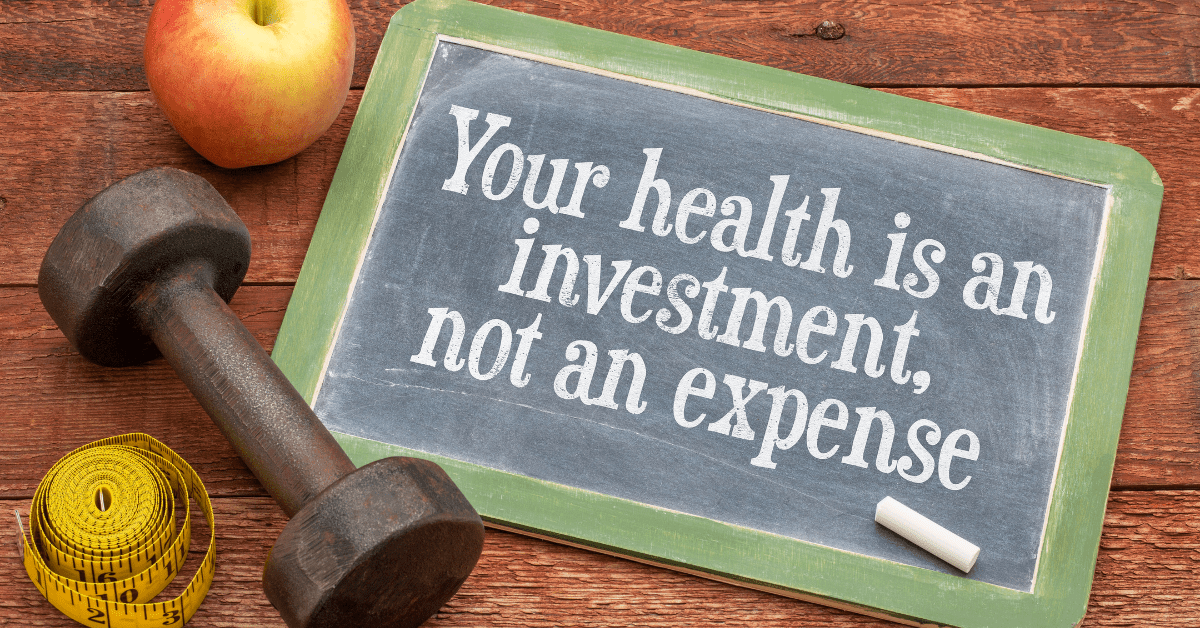Did you know that more Australians than ever before are putting down the racquets and balls to do the downward dog? The ancient Indian mental, physical and spiritual practice has taken the country and world by storm, with millions realising its positive impact on the mind and body.
But yoga for children? It’s actually just as beneficial for the wellbeing of kids as it is for adults! In fact, yoga has been proven to increase the physical and mental health in school-age children, with research even showing that its introduction into classrooms can drastically improve learning outcomes.
Today, ExtrasJar is diving into the world of Sun Salutations and Navasanas to discover just how yoga can benefit the physical and mental wellbeing of children. We’ll be exploring the studies to pick out a few intuitive movements to try along the way.
Inhale. Now, exhale. Let’s stretch into it.
Five benefits of yoga for children
Increases balance, strength and aerobic activity
With yoga’s emphasis on considered movement and stretch-based activity, studies show that regular practice greatly increases strength, flexibility and balance within children. Every pose and motion was formed to nourish particular parts of the body and lead a
whole-being invigoration, so it can be beneficial to fortifying the body of an active kid and reduce their chance of injury.
Teaches mindfulness
Teaching mindfulness to children at a young age can be an effective way to build emotion and stress management mechanisms for the future. Yoga introduces these conscious concepts from the get-go, encouraging non-forceful personal and present focus through breathing and meditation. A purposeful focus on one’s self, without judgement and attachment, is said to increase emotional clarity and amplify a child’s ability to absorb new information.
Positively affects memory
Yoga’s ability to slow down the mind and introduce a greater focus on the present can positively impact attentiveness. This greatly expands a child’s ability to absorb and retain information, leading to a more engaged classroom or home environment. Some teachers involved in classroom yoga trials even noted that the increased learning engagement led to better behaved classes and improvements in learning outcomes!
Effectively mitigates symptoms of ADHD
Semi-regular aerobic exercises such as yoga have proven to be effective in mitigating attentiveness issues, hyperactivity, impulsivity and social difficulties in children diagnosed with ADHD. With its focus on breathing and mindfulness, its teachings can also be implemented in symptom management strategies for future clarity.
Reduces anxiety
Anxiety is the most prevalent mental disorder in Australian schools and one that can affect learning ability, socialisation, self-esteem and attentiveness. Since ancient times, yoga has played a pivotal role in individual stress management, introducing a healthy and holistic means to manage inner tension.
Yoga exercises for kids
Now that we’ve explored the positive impact yoga can have on children’s mental and physical health, let’s dive into three great movements and games that will make yoga fun and engaging for all!
Flying bird breathing
A fun way to introduce considered breathing into the home or classroom and allow any kid to imagine they’re soaring through the sky!
- Start by standing tall with your feet shoulder-width apart and your arms by your sides.
- Take a deep breath in as you close your eyes and lift your wings to the sky, bringing your palms together above your head.
- Exhale as you flap your wings down slowly by your sides again.
- Repeat this motion slowly with an inhale and exhale, imagining you’re a bird flying high.
Happy baby pose
A fun yoga pose that builds balance and lets kids relax in a beneficial, massaging way.
- Begin by laying flat on your back
- Bend your knees toward your tummy and hold the inside of your feet.
- Now gently rock side-to-side, imagining you’re a little baby that can’t yet walk
- Release your legs to the floor when finished
Yogi says
Like Simon says, but for yoga poses and similar movements!
Yogi might say:
- Hop like a frog
- Surfer pose
- Hop on your right or left foot
- Pat your head
- Reach for the stars
- Chair Pose
- Move like a robot
- Dancer Pose
- Run in place
- Wiggle your arms
- Downward dog
- Surfer Pose
- Fly like a bird
- Swim in place
- Touch your elbows
- Give yourself a hug
- Balance on your toes
- March in place
- Circle your arms
Yoga for adults and kids
Yoga can inspire, teach and engage. It shows children of any age that our bodies can move, bend and be strong, that we can be in more control of our emotions and tap into our mental and physical power whenever we feel.
At ExtrasJar, we’re always looking for new, fun ways to stay active and healthy. Maybe yoga will be a new favourite for the kids? To explore more ways to become the healthiest version of yourself and secure it for the future, dive into ExtrasJar today!
Photo by freestocks on Unsplash



